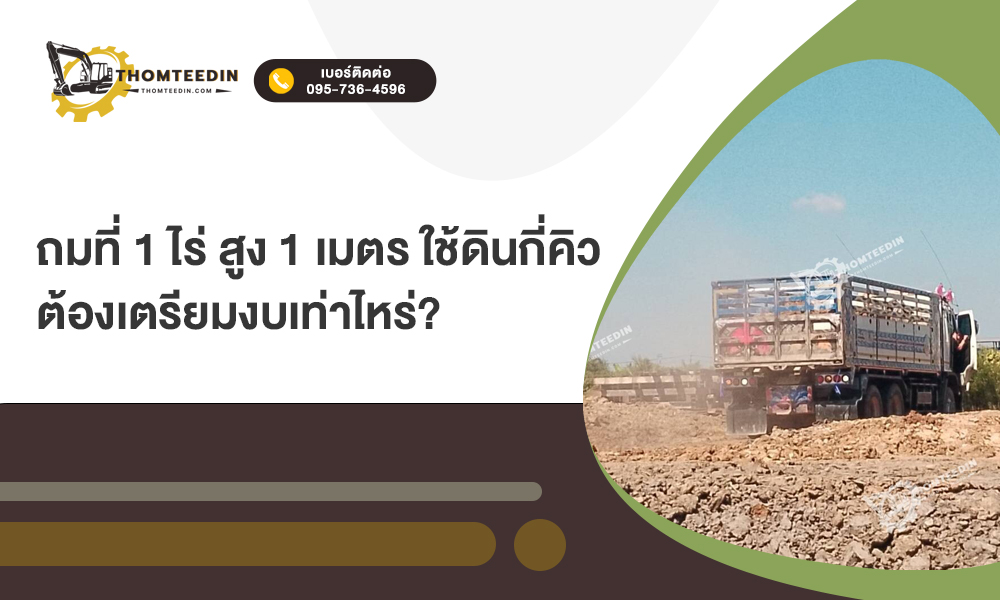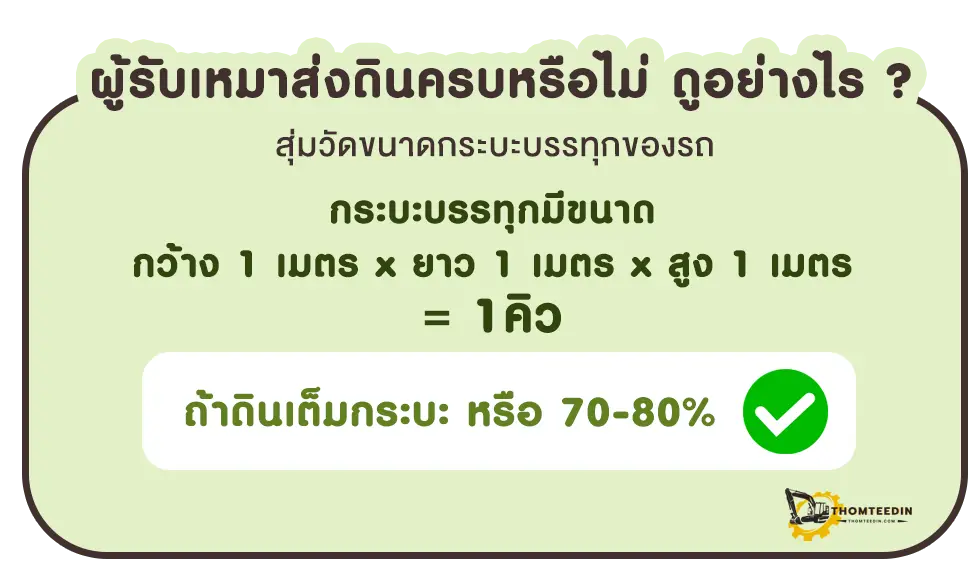Factors Influencing the Cost of Land Filling 1 Rai
Factors Influencing the Cost of Land Filling 1 Rai
Blog Article
Land Filling Cost 1 Rai (ค่าถมที่ดิน 1 ไร่)measure to increase the value and usefulness of a property, and land filling is a crucial component of the process. If you are dealing with a piece of land, especially in areas that have uneven terrain or drainage issues, understanding the cost of land filling is essential for budget planning and effective project management. This guide offers a thorough outline of the costs related to land filling for a plot of 1 rai, which is a typical measurement in Thailand equivalent up to 1600 square meters.

Factors Influencing Land Filling Costs
Planning and Assessment of Site Before beginning any filling it is essential to conduct a thorough site assessment is required. This involves assessing the current conditions of the land, determining soil stability, and identifying any potential environmental concerns. The costs for site evaluation can differ in price, typically ranging from $500 to $2,000, depending on the difficulty of the terrain as well as the amount of detail that is required.
Material Costs: The type and quantity of material required for filling in land has a significant impact on the total cost. Common materials include soil, gravel, Sand, or a mix of these. The price of these products may vary based on their quality availability, as well as transport. The cost of materials can vary from $10 to $30 per cubic meter. For a plot of 1 rai, depending on the depth of filling needed it could require between 2,000 and 1,000 cubic metres of materials, that would mean a total cost of between $10,000 and $75,000.
Equipment and Labor Cost of Labor and Equipment and equipment for land filling could be significant. This can include hiring skilled workers and renting machinery like bulldozers, excavators, and compaction equipment. The cost of labor typically ranges between $15 and $50 per hour per worker, while equipment rental can cost between $100-$500 per day, based on the machine and rental time. For an undertaking of this magnitude the costs of equipment and labor can range from $5,000 to $20,000.
Quality Control and Compaction The correct compaction is vital to ensuring the stability and durability of the fill land. Compaction is the process of using equipment to compress the fill material which requires additional time and money. Quality control measures, including checking the compaction and evaluating the stability of the fill material, add to the cost. Estimate to budget $2,000 to $5,000 for compaction and quality control.
permits and environmental considerations: Depending on the location and local regulations, permits might be required for land filling projects. The cost of permits can range widely, between a few hundred and thousands of dollars. In addition, if the project impacts local ecosystems and requires special disposal of waste, further costs could be incurred.
In the end, the cost for land filling a 1 rai plot can vary from $18,000 up to $105,000, based on many factors like material costs, depth of filling, and local regulations.

Conclusion
Understanding the cost of filling a one rai plot requires analyzing a variety of aspects, such as site preparation, materials such as labor and other factors like permits and environmental impact. By carefully assessing these elements homeowners can make better decisions about their budget and ensure a successful land filling project which increases the value and useability of their property. Report this page